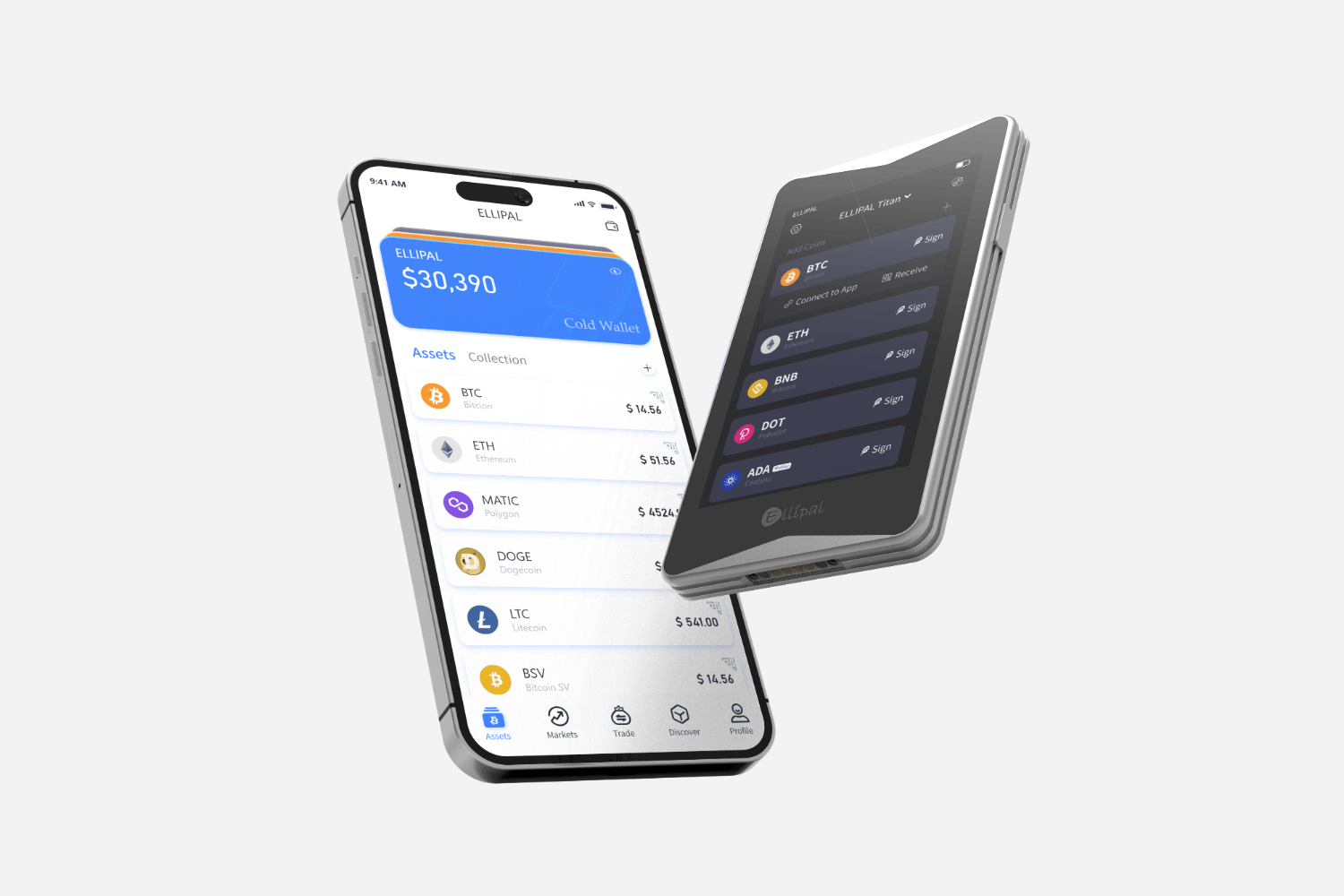In the world of cryptocurrency, security is paramount. As digital assets become increasingly valuable, understanding how to use a cold wallet is essential for safeguarding your investments. This guide will provide you with a comprehensive overview of cold wallets, their benefits, and practical steps for effective usage.

What is a Cold Wallet?
A cold wallet, also known as a cold storage wallet, is a type of cryptocurrency wallet that is not connected to the internet. This disconnection makes it significantly less vulnerable to hacking and cyber threats. Cold wallets can take various forms, including hardware wallets, paper wallets, and even air-gapped computers. By keeping your private keys offline, you enhance the security of your digital assets.
Benefits of Using a Cold Wallet
- Enhanced Security: Cold wallets provide a higher level of security compared to hot wallets, which are connected to the internet.
- Protection Against Hacks: Since cold wallets are offline, they are immune to online hacking attempts.
- Long-Term Storage: Cold wallets are ideal for long-term storage of cryptocurrencies, making them suitable for investors who do not plan to trade frequently.
- Control Over Private Keys: Users maintain full control over their private keys, reducing reliance on third-party services.
How to Use a Cold Wallet
Understanding how to use a cold wallet effectively involves several key steps:
- Choose the Right Type: Decide whether you want a hardware wallet, paper wallet, or another form of cold storage. Hardware wallets like Ledger or Trezor are popular choices due to their user-friendly interfaces and robust security features.
- Set Up Your Wallet: Follow the manufacturer's instructions to set up your hardware wallet. This typically involves creating a secure PIN and generating a recovery seed phrase.
- Transfer Your Crypto: Once your cold wallet is set up, transfer your cryptocurrencies from your hot wallet or exchange to your cold wallet address. Ensure that you double-check the address to avoid any mistakes.
- Store Your Wallet Safely: Keep your cold wallet in a secure location, such as a safe or a safety deposit box. If you are using a paper wallet, ensure it is stored in a waterproof and fireproof container.
Best Practices for Cold Wallet Usage
To maximize the security of your cold wallet, consider the following best practices:
- Regular Backups: Regularly back up your recovery seed phrase and wallet data in multiple secure locations.
- Stay Informed: Keep up with the latest security practices and updates related to your cold wallet.
- Use Strong Passwords: Ensure that any associated accounts have strong, unique passwords to prevent unauthorized access.
Conclusion
In conclusion, understanding how to use a cold wallet is crucial for anyone looking to secure their cryptocurrency investments. By following the steps outlined in this guide and adhering to best practices, you can significantly enhance the safety of your digital assets. Remember, the key to successful cryptocurrency management lies in informed decision-making and proactive security measures.








